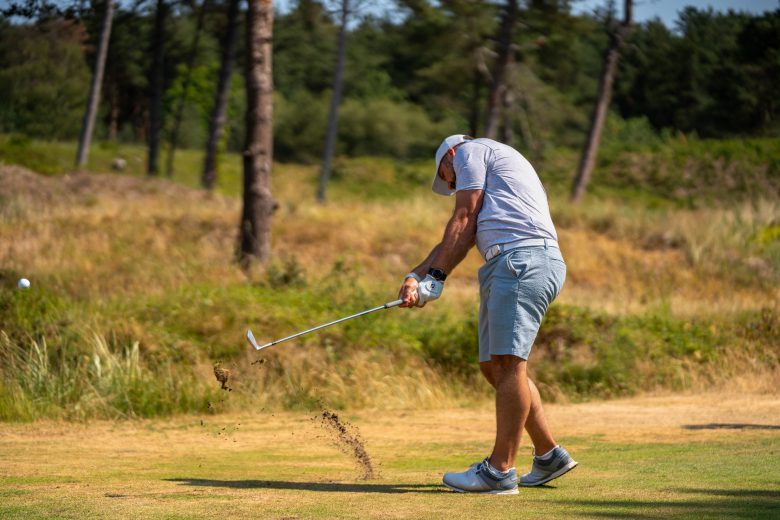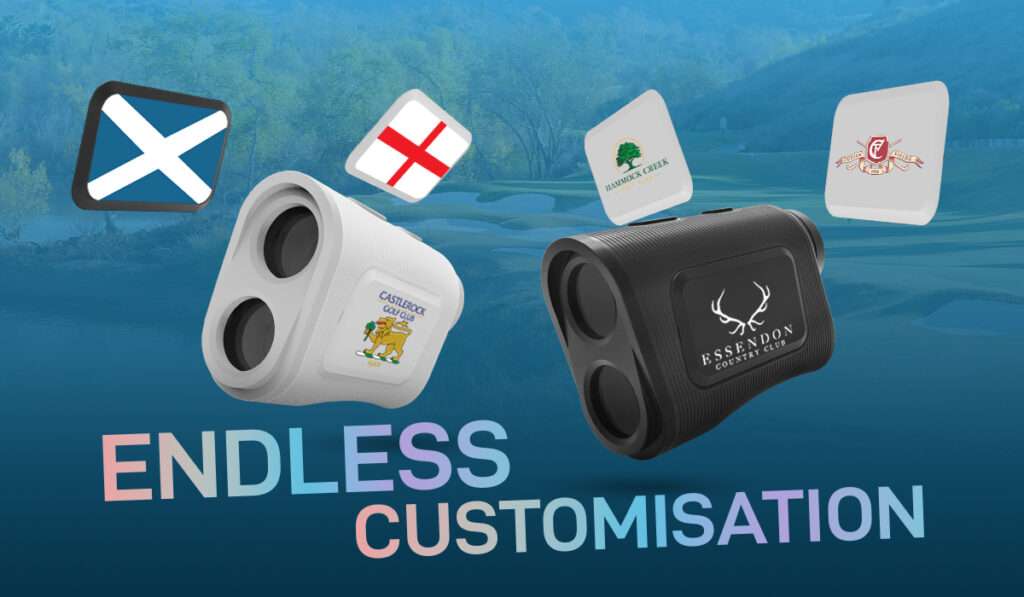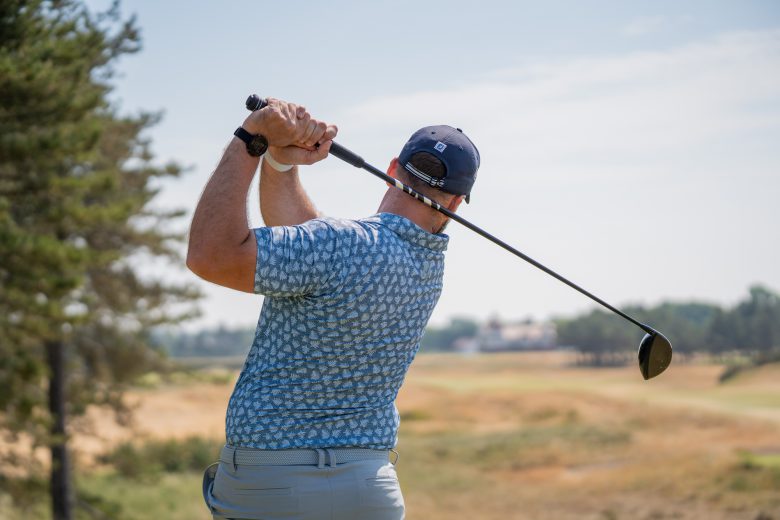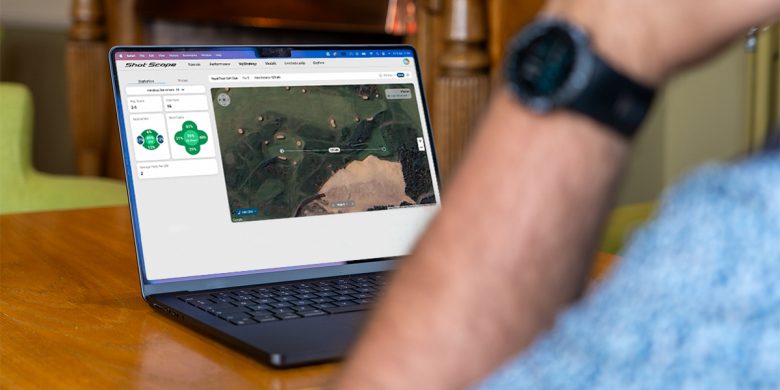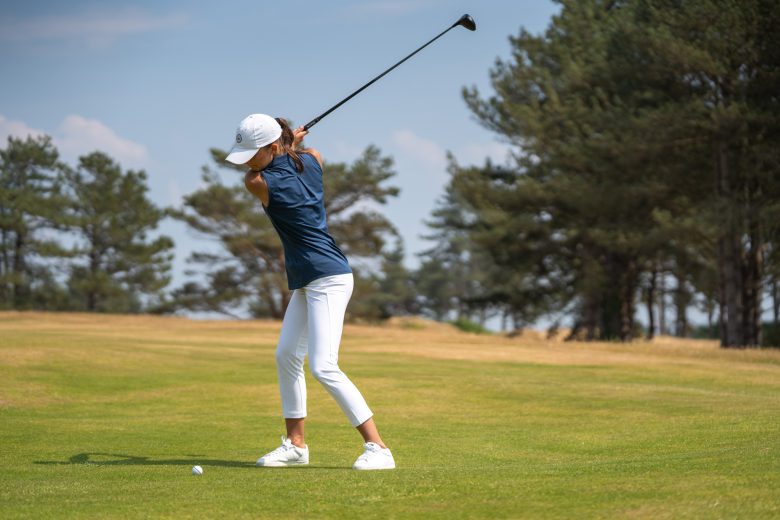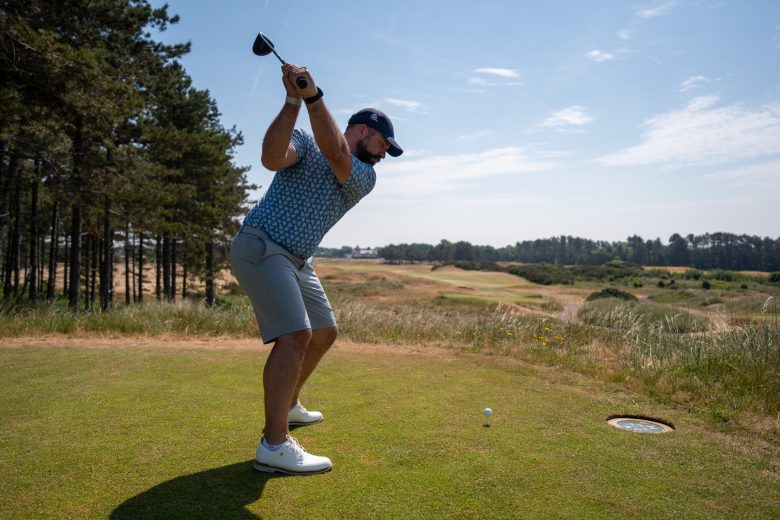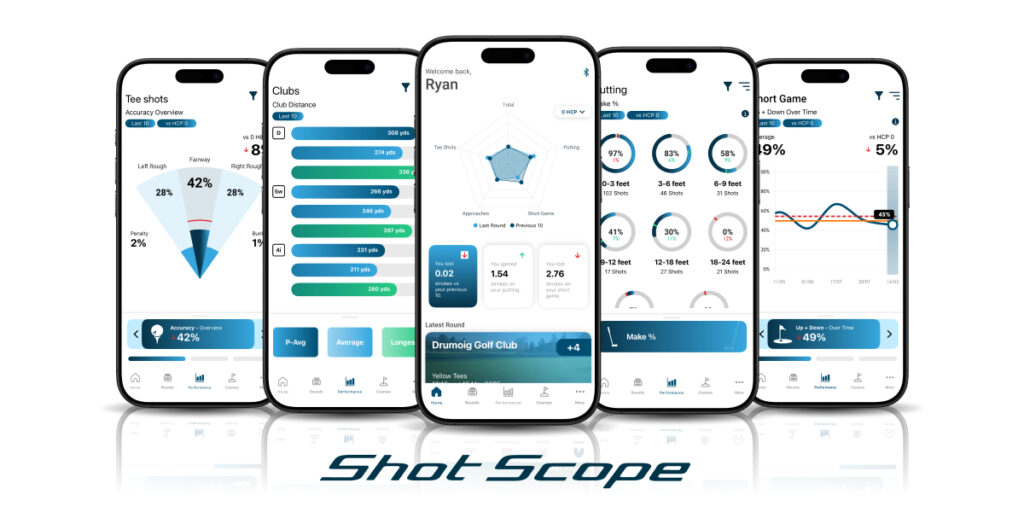[Updated Feb 2021]
Should I lay up or should I go for it on a Par 5?
As a golfer, we have all asked ourselves this question at some point on the golf course.
Often the thought process is influenced by playing partners, perhaps some negative thoughts and maybe doesn’t always work out.
This article looks at the data and statistics behind both approaches to the hole, aims to identify which one is better and most importantly, why it is better.
Golfers often find themselves in this predicament on the golf course. To lay up with their second shot on a Par 5 or to take a more aggressive strategy, and go for it, or get as close to the green as possible.
Shot Scope have analysed their database of golfers and over 80 million golf shots – to inform you what the best Par 5 strategy actually is.
To start, lets take a look at Scoring on Par 5s by handicap. You can see that across all handicaps, the average score on a Par 5 is reasonable, and actually is the easiest place to save shots compared with Par 3s and Par 4s.
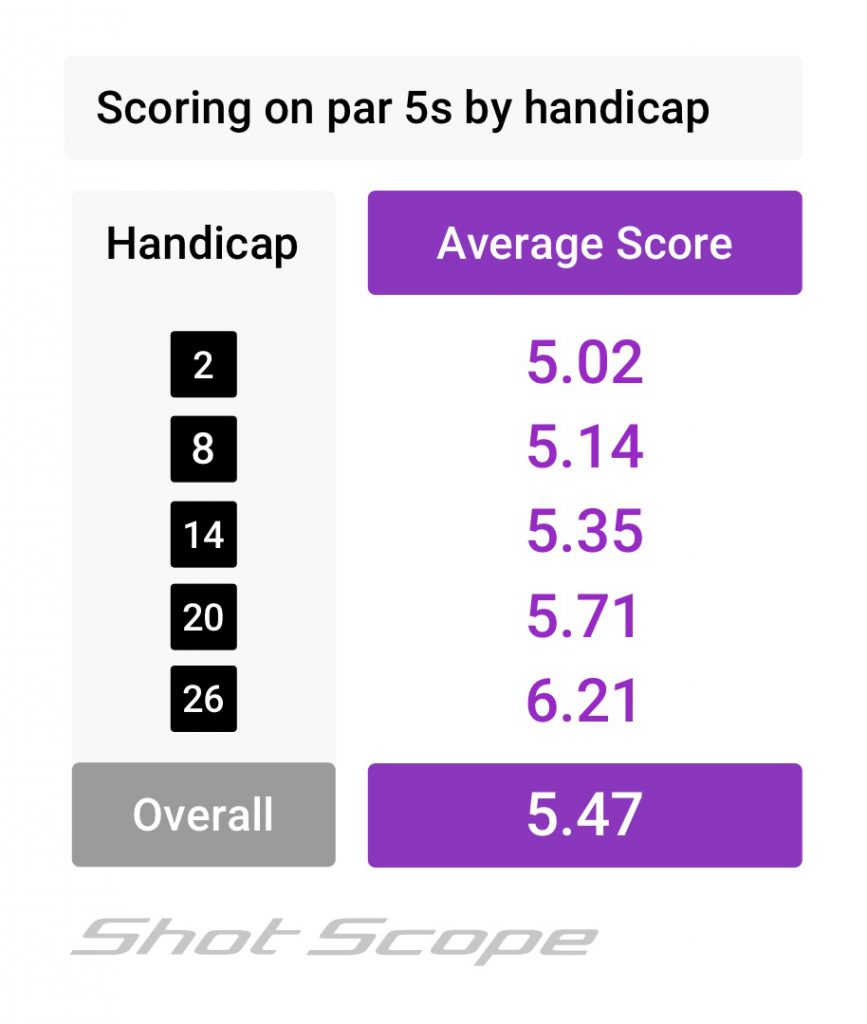
You can see from the average score on Par 5s, that generally golfers play them well. However there are still areas that can be improved upon.
Par 5s: Where do golfers go wrong?
The common misconception amongst golfers is that some believe they are better laying up to a specific yardage. Where as in actual fact, the data tells us Green Hit % increases the closer you get to the green. See in the image below:

Based on Green Hit % the key thing is golfer has to get within 175y for their 3rd shot on a Par 5. This is the distance where Green Hit % significantly increases. What makes achieving this difficult for the golfer?
- Hitting a tee shot that results in the golfer not being able to get into a good position to hit the green with their 3rd shot.
- This could include, a poor lay-up, a positional shot that ends up in the rough, tee shot or 2nd shot finishing in a fairway bunker, 2nd shot leaving over 175 yards for 3rd shot, out of bounds, lost balls, water balls and more.
Par 5 2nd shots: going for it ‘vs’ lay up
Shot Scope data shows us the reality behind a lay up. Find out why you should never really lay up (unless there is unusual circumstances, rough, water etc).
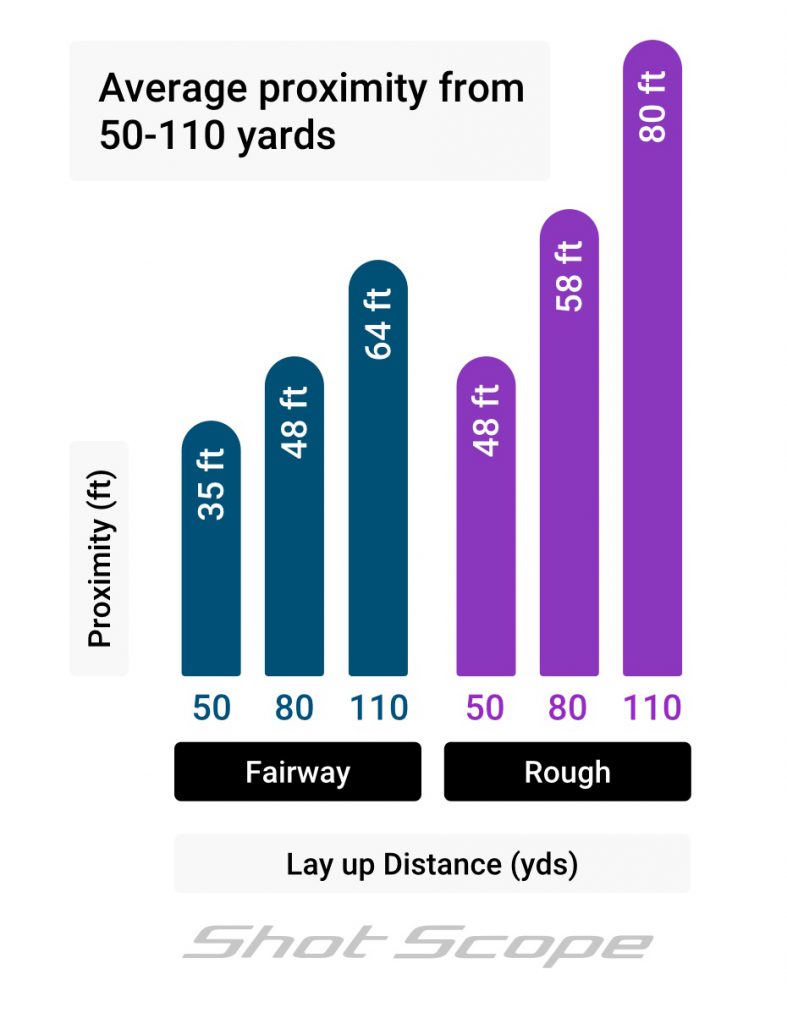
Laying up to a specific yardage is a poor strategy. Why?
The stats tell us that on average, the closer a golfer is to the hole, the closer they hit the shot. The average proximity from a 110y shot on the fairway is 64ft, versus 35ft from a 50y shot.
Then respectively from the rough 80ft on average versus 48ft average proximity. This increase in proximity means it is going to take more shots to finish from being further away.
The image below indicates the average number of shots to finish from each strategy. You can see that by laying up, it will cost on on average, half a shot a hole.
Multiply this by say (four) Par 5s on the course, and there’s 2 shots on average you could be saving per round.

Some golfers may say they have ‘a number’ and are great from that number, this may be true for a few shots but among amateur golfers not every shot will be hit it to 3ft from ‘their number’.
It is the shots that are not on the money that bring the score down. i.e the shots that do not result in a 1 or 2 putt.
3rd shot data
Whether its a chip shot or a longer pitch / wedge shot, Shot Scope data reveals how much being on the fairways impacts shots under 100 yards.
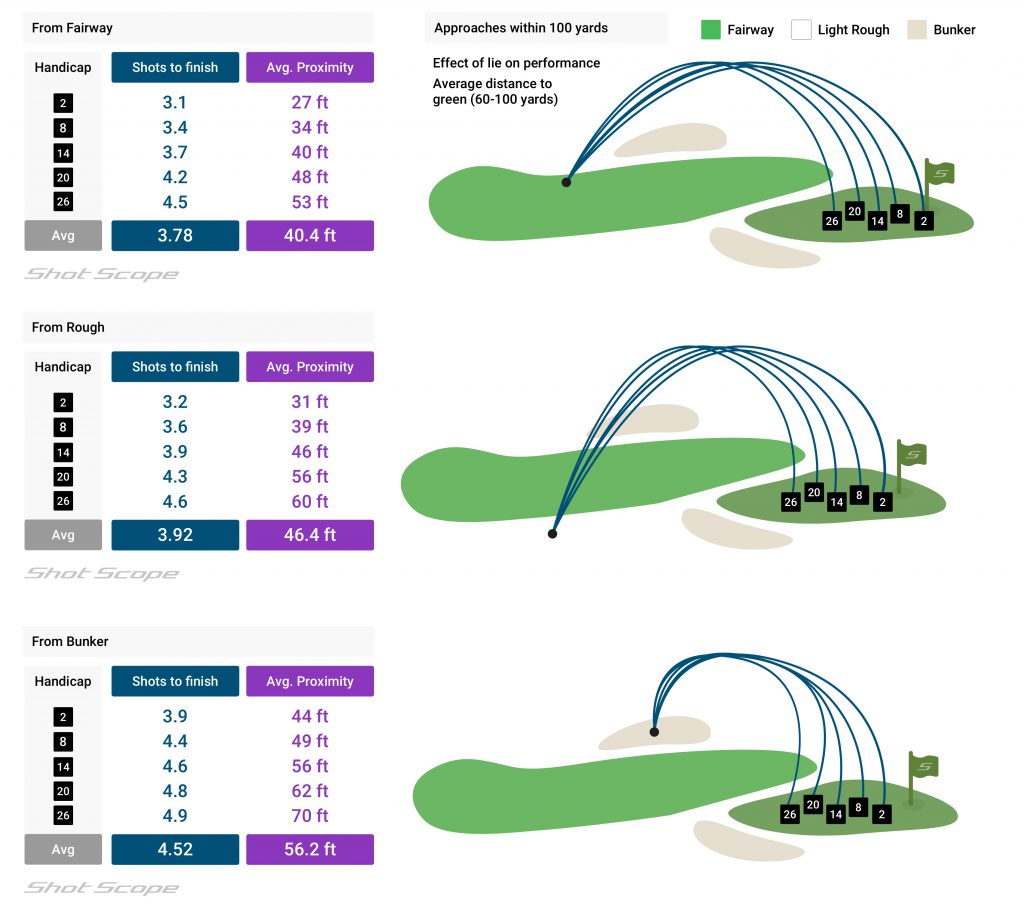
Hitting this shot from the fairway, gives the golfer the best chance to hit it close. Average proximity from the fairway is 40ft.
If this shot was to be hit from the rough, proximity would increase to 46ft and from the bunker increase even more to 56ft, on average.
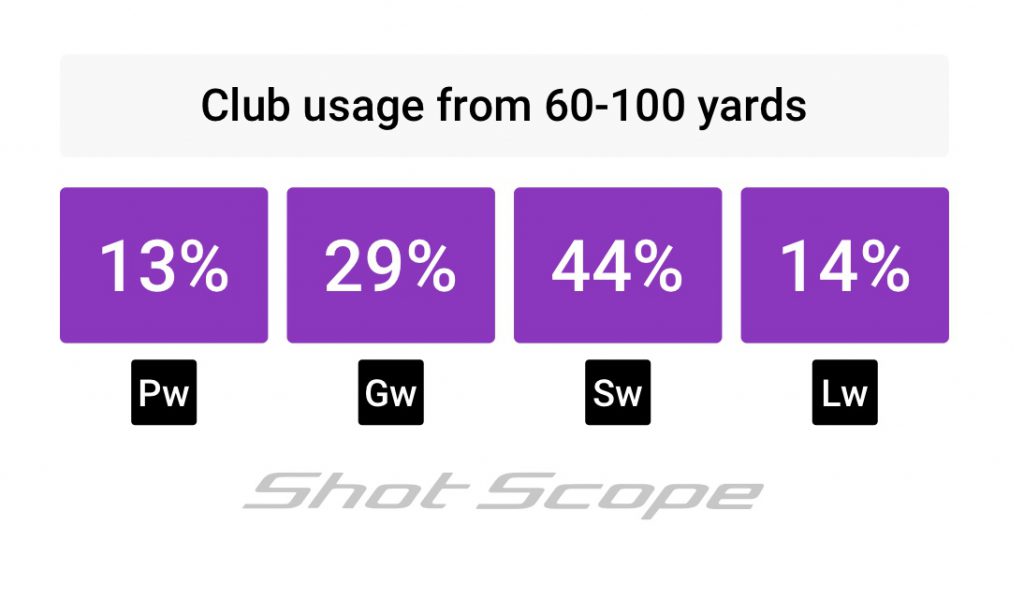
44% of these shots are played with a sand wedge. This is often requires a skillful shot. To play these shots well, the focus should be on the landing area, not necessarily the pin itself.
Driver v 3 wood
Typically Par 5 performance is linked to distance off the tee. The further down the hole a tee shot gets, leaves the golfer a greater chance of reaching the green with their second shot.
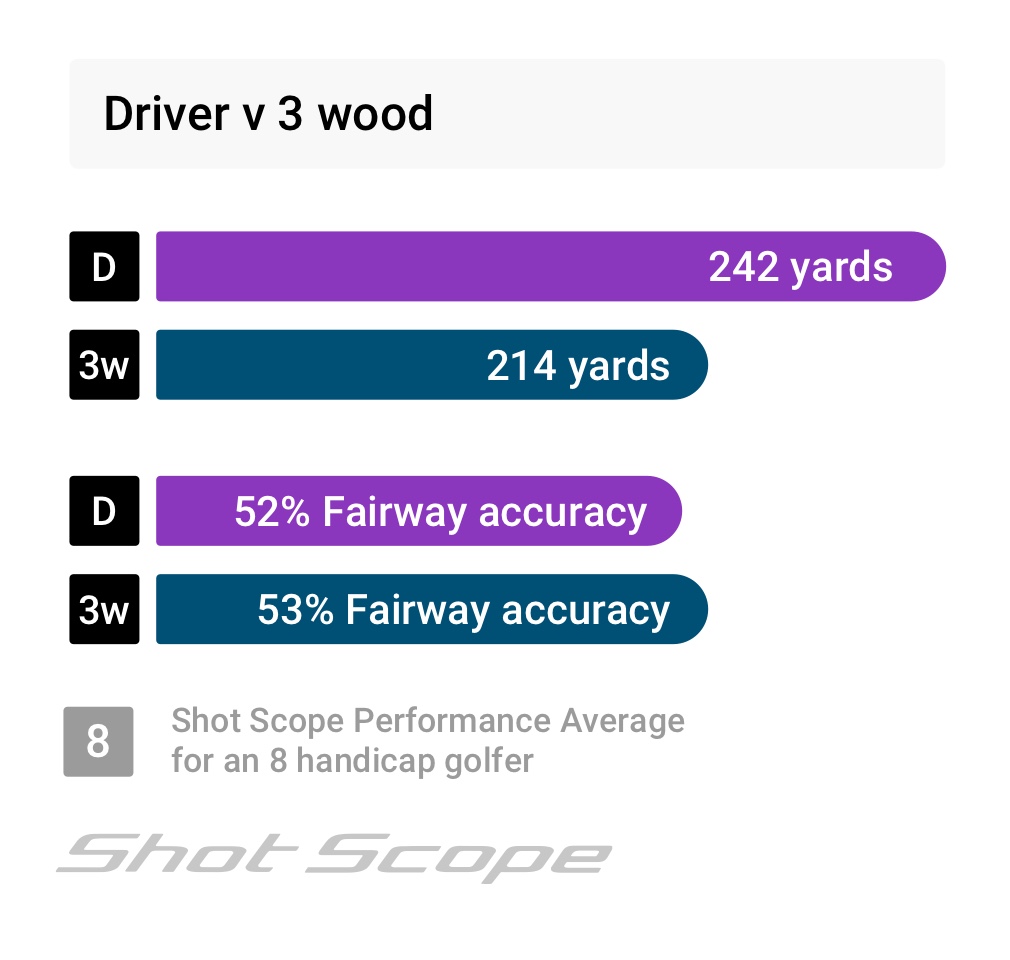
The average 30y distance between driver and 3 wood makes it hard not to hit Driver on a par 5.
Emphasis should be on hitting the fairway, even if it means hitting an average drive instead of Sunday best.
A stock swing or nice controlled tee shot onto the fairway leaves best chance of reaching in two, or hitting the green in regulation. It’s hard enough to hit a good 3 wood or long iron, never mind having to hit it from out of the rough.
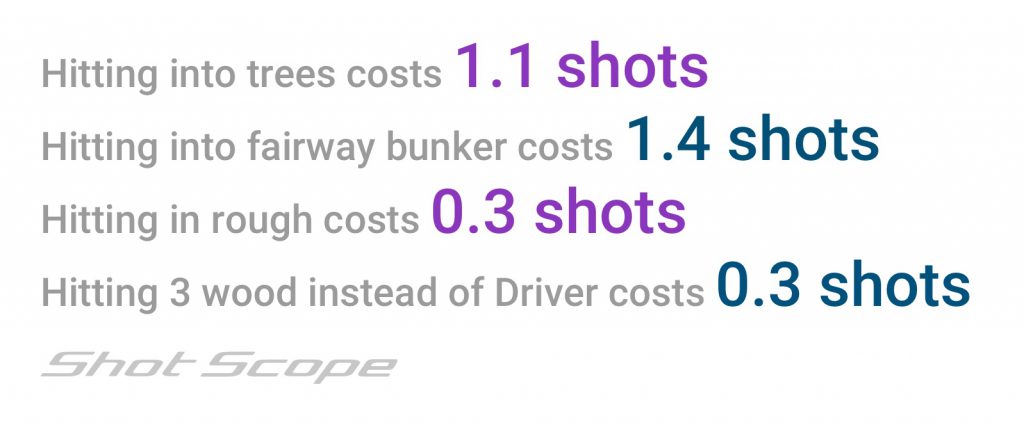
This links to the the other points made earlier, where the closer you are to the hole the closer you hit it. All stems from hitting driver off the tee.
Conclusion
All of the Shot Scope data points to getting as close to the hole as possible with second shots on Par 5s. It reduces the proximity to the hole, which in turn, takes less shots to finish the hole.
So, next time you are on the course and think about laying up, think about what you have just read in this article and try it out. You never know, might just help improve your game a little.
Do you want stats like this on your game?
Check out Shot Scope performance tracking products! There are various products to choose from including GPS watches, laser rangefinders, and GPS handhelds – all of which come with no subscription fees!
